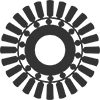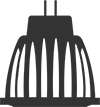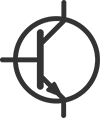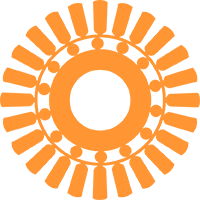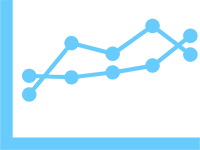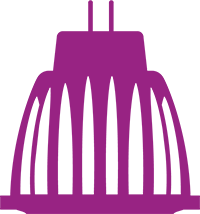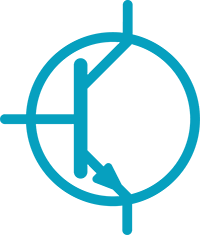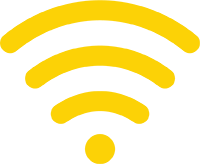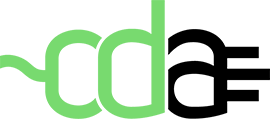Interlaboratory Comparison 2017 (IC 2017)
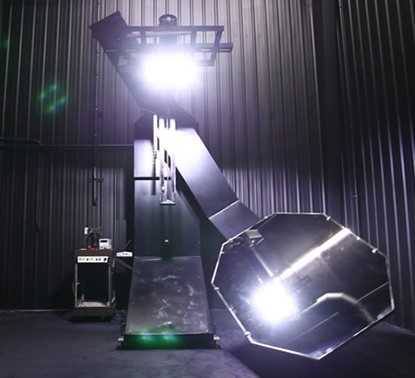 The International Energy Agency’s Energy Efficient End-use Equipment (IEA 4E) Solid State Lighting Annex (SSL Annex) organized the 2017 Interlaboratory Comparison (IC 2017) to investigate the level of agreement in measurements of SSL products by various types of goniophotometers including near-field type and source-rotating type, as well as mirror-type goniophotometers which are most commonly used. While mirror-type goniophotometers are very accurate and precise instruments, they are typically very large and often require large dark rooms with light adsorbing materials. With an increased need for testing LED directional light sources and LED luminaires linked to performance regulations and compliance testing, many labs are looking towards more compact and affordable equipment for testing.
The International Energy Agency’s Energy Efficient End-use Equipment (IEA 4E) Solid State Lighting Annex (SSL Annex) organized the 2017 Interlaboratory Comparison (IC 2017) to investigate the level of agreement in measurements of SSL products by various types of goniophotometers including near-field type and source-rotating type, as well as mirror-type goniophotometers which are most commonly used. While mirror-type goniophotometers are very accurate and precise instruments, they are typically very large and often require large dark rooms with light adsorbing materials. With an increased need for testing LED directional light sources and LED luminaires linked to performance regulations and compliance testing, many labs are looking towards more compact and affordable equipment for testing.
IC 2017 used the international standard CIE S 025 (or equivalent European standard EN 13032-4) as the test method for this comparison. IC 2017 was also designed to be in compliance with ISO/IEC 17043 so that it may serve as a proficiency test for SSL testing accreditation schemes around the world. Further details of the design of the comparison are available in the IC 2017 Technical Protocol (published in IEA SSL Annex website). The comparison artefacts used in IC 2017 were (1) narrow beam LED lamp with ≈ 12° beam angle; (2) 60 cm x 60 cm indoor planar LED luminaire, (3) 60 cm long linear batten LED luminaire including small upward light emission, and (4) street lighting LED luminaire having asymmetric intensity distributions.
The key documents associated with this Interlaboratory Comparison can be found below:
- IC 2017 Technical Protocol – this document describes the technical protocol used by the participating laboratories and the Nucleus Laboratories. It includes a description of the comparison artefacts, the assigned values, the measurement procedure and reporting requirements.
- IC 2017 Nucleus Lab Comparison Report – this document serves as the link between the two Nucleus Laboratories in IC 2017, by establishing equivalence between the measurements of KILT in Korea and LNE in France. This report demonstrates that these two laboratories are equivalent for the measurement of the samples tested, and the participant’s results are comparable, regardless of which of the two nucleus laboratories they were assigned to.
- IC 2017 Goniophotometers Final Report – this document presents the final results, analysis and recommendations from IC 2017. With 36 participating laboratories from 19 countries with a total of 42 goniophotometric instruments, this is the largest interlaboratory comparison of such equipment ever undertaken.
Dr. Yoshi Ohno, NIST Fellow at the National Institute of Standards and Technology, held two identical webinars to present the key results and findings from IC 2017. One was held for the Australian/Asian time zone and one for the European/North American. Both events were recorded – see below:
- IC 2017 Final Report Slides – these are the slides that Dr. Ohno used during his two presentations.
- Webinar #1 – Australian/Asian Time Zone – this is the webinar that was held on Jan 25, 2022 at 1:00 PM Canberra, Sydney
- Webinar #2 – European/North American Time Zone – this is the webinar that was held on Jan 25, 2022 at 3:00 PM Brussels, Stockholm























